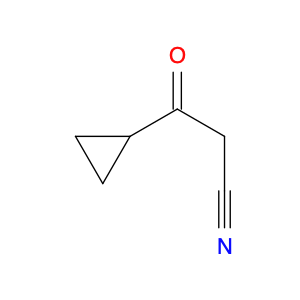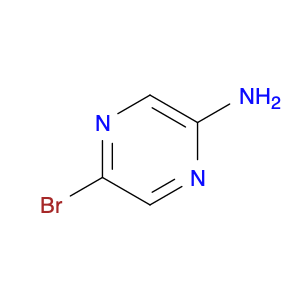4-Hydroxy-2-oxo-1,2-dihydropyridine-3-carbonitrile, also known as $name$, serves as a valuable building block in chemical synthesis due to its versatile reactivity and structural properties. This compound is commonly utilized as a key intermediate in the synthesis of various pharmaceuticals, agrochemicals, and fine chemicals. Its functional groups, including the hydroxyl, keto, and cyano groups, allow for numerous synthetic transformations, enabling the construction of complex molecular architectures.In chemical synthesis, 4-Hydroxy-2-oxo-1,2-dihydropyridine-3-carbonitrile can participate in a range of reactions such as nucleophilic additions, cyclizations, and condensations. The presence of the hydroxy group provides an opportunity for selective modifications, while the electron-withdrawing cyano group offers the potential for diverse functional group interconversions. Moreover, the cyclic structure of the compound imparts conformational constraints that can be advantageous for directing regioselective and stereoselective transformations.Overall, the strategic incorporation of 4-Hydroxy-2-oxo-1,2-dihydropyridine-3-carbonitrile in chemical synthesis enables the efficient construction of complex molecules with specific structural motifs, making it a valuable tool for synthetic chemists in the design and preparation of novel compounds for various applications.
 sales@aaronchem.com
sales@aaronchem.com










